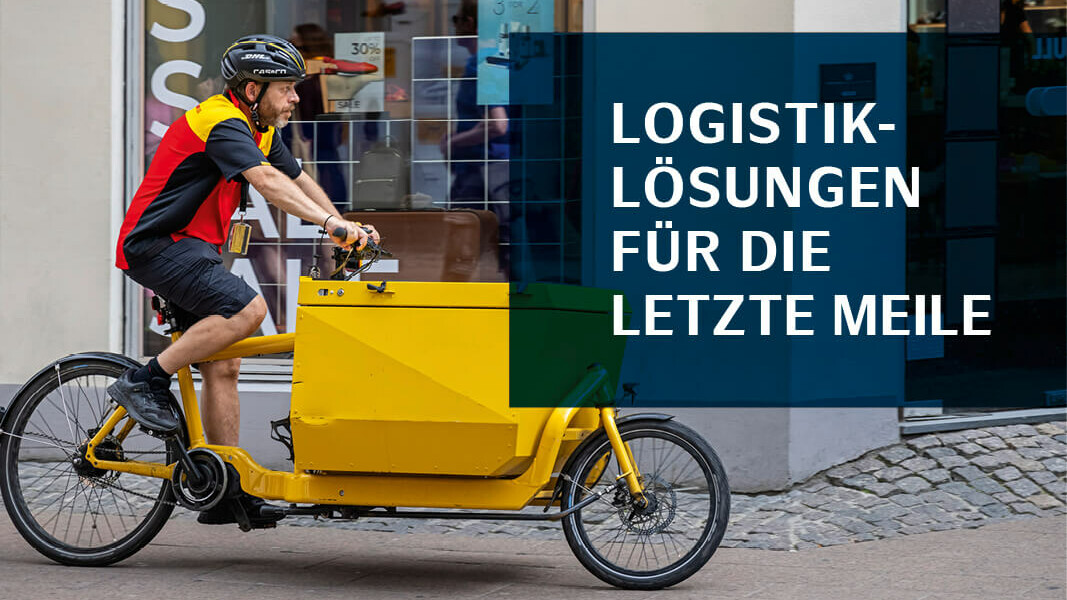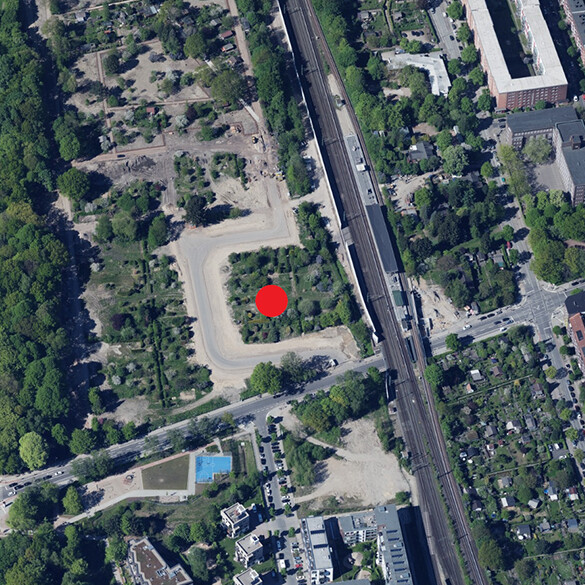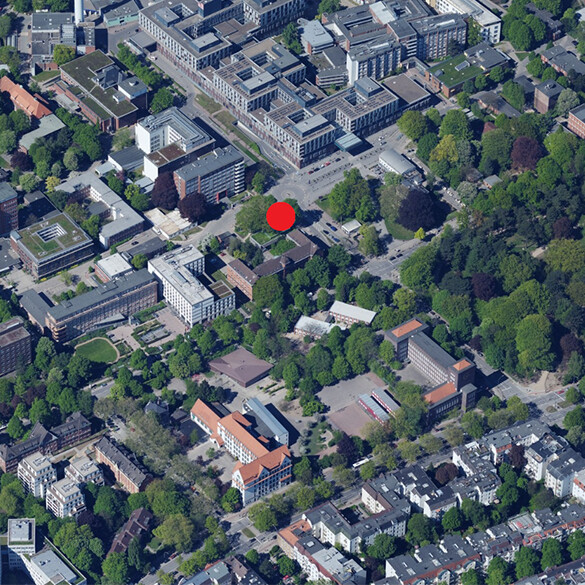Micro hubs: flexible solutions for the last mile
Micro hubs are changing the flow of goods and traffic as we know it. As e-commerce sales continue to climb and local retailers are seeking to make their delivery structures more favourable to customers, mastering the last mile has become ever more challenging. In response to this, new logistics solutions have been developed to alleviate the traffic burden on Hamburg's city centre as well highly populated, centrally located residential quarters. In today’s multi-tiered, complex distribution system, micro hubs, i.e. small, decentralised storage facilities in dense urban areas, have gained special importance.
With an average floor space of 50–250 m², these fairly small units can be used by multiple courier, express and parcel service providers (CEP) for their respective end-customer distribution. Micro hubs are supplied only once daily by a large vehicle (7.5 tonnes max.), and all goods are then delivered to the end customers – on foot, by cargo bike or by another small e-driven vehicle as appropriate.
High-potential locations for inner-city micro hubs
Get in touch with us
We will be happy to assist you with important decisions about relocating your company.







